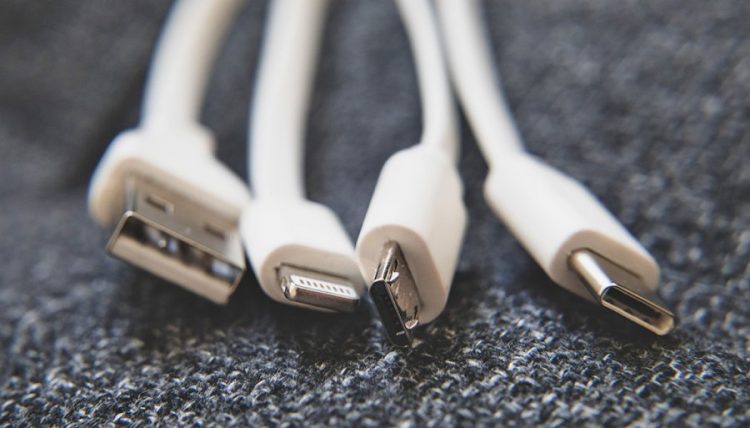The Type-C port and the Lightning port are similar but not the same. The primary difference between these two popular charging cables is that the lightning port is solely used on Apple devices while Type-C is mostly used on devices other than the Apple.
USB-C is a conventional connector that allows you to transmit both the power and the data. It is developed by the USB Implementers Forum. Besides, it is an emerging industry-standard connector that is available in most devices at the present moment. However, the famous big name of Apple is yet to use USB-C in its all devices. Although it uses USB-C in some of its products, we still don’t see the modish connector on admirable Apple iPhones.
It was highly believed that the 14th generation iPhone would adopt the Type-C port. But to our despair, things did not go that way. Here are some of the reasons why USB-C is better than the Lighting port.
USB-C vs Lightning – Data Transmission Rate
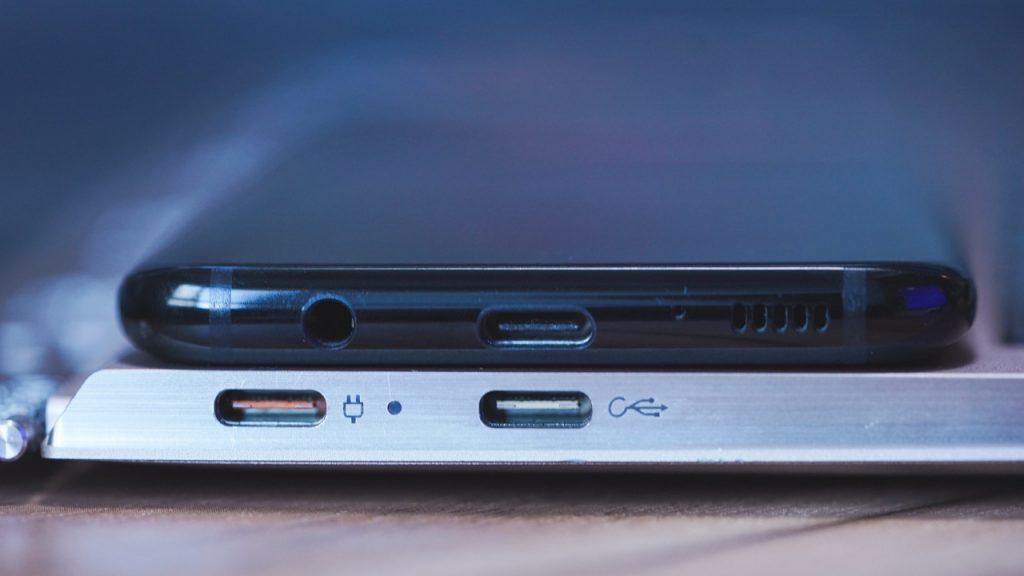
The speed at which data transfers from one point to another solely depends upon the standard of USB. Further, the USB-C easily supports USB4. Therefore, USB-C can have a transfer rate of up to 40Gbps.
On the other hand, lightning cables are much slower and can transfer data at a rate of 480Mbps. The number is quite like that of USB 2.0. However, Apple never releases a detailed specification for its proprietary technology, and thus, we don’t know its maximum transfer rate.
The numbers simply indicate that the Type-C port is exceedingly faster than the lightning port. Moreover, the USB 3.1 is thought to have a transfer rate twice as more as that of the USB 3.0.
USB-C vs Lightning – Compatibility
Even though the USB-C port is not officially a universal standard, most present-day devices support a Type-C port. Even the current Mac computers from Apple incorporate the USB-C port. Similarly, you will also find this connector in consoles like Xbox and PS5.
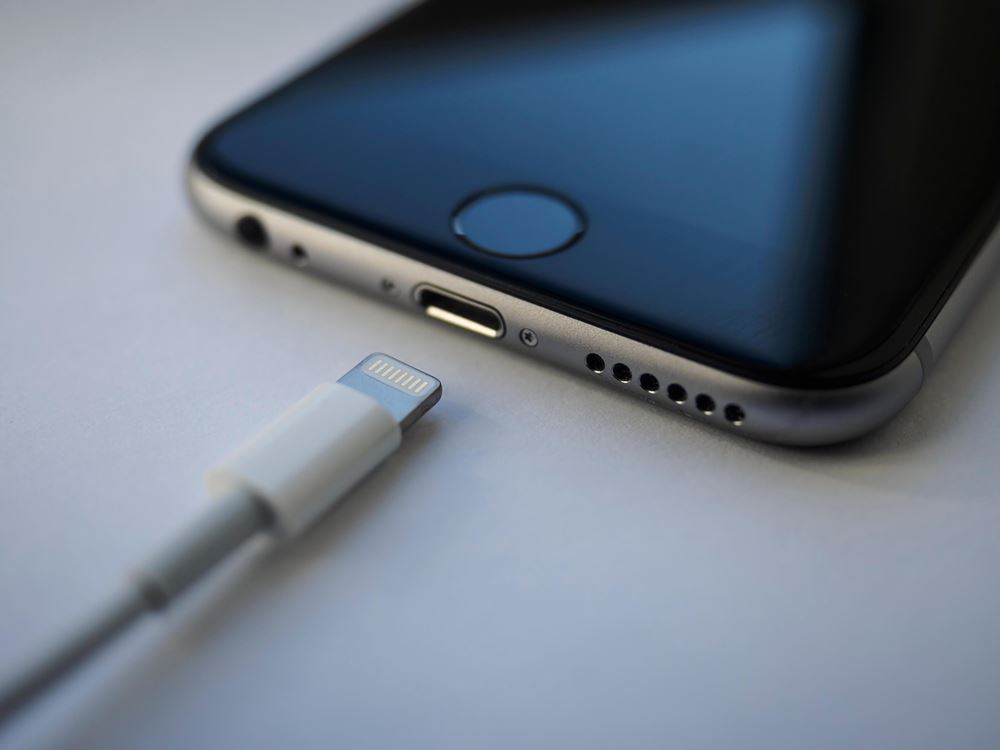
Contrarily, the Lightning port is present only in Apple products. All the iPads (except the 3rd generation iPad Pros) and iPhones use lightning connectors.
Charge Power
Several watts of power can be conducted from both the Lighting and Type-C. Besides, Apple prefers not to disclose this information. However, the assumption from a third-party manufacturer tells us that Lighting adapters can withstand up to 12W of power.
On the other hand, the USB-C can handle up to 100W of power. On top of that, it possesses a two-directional nature; the power can be either sent or received from devices.
Substantial Port Assist
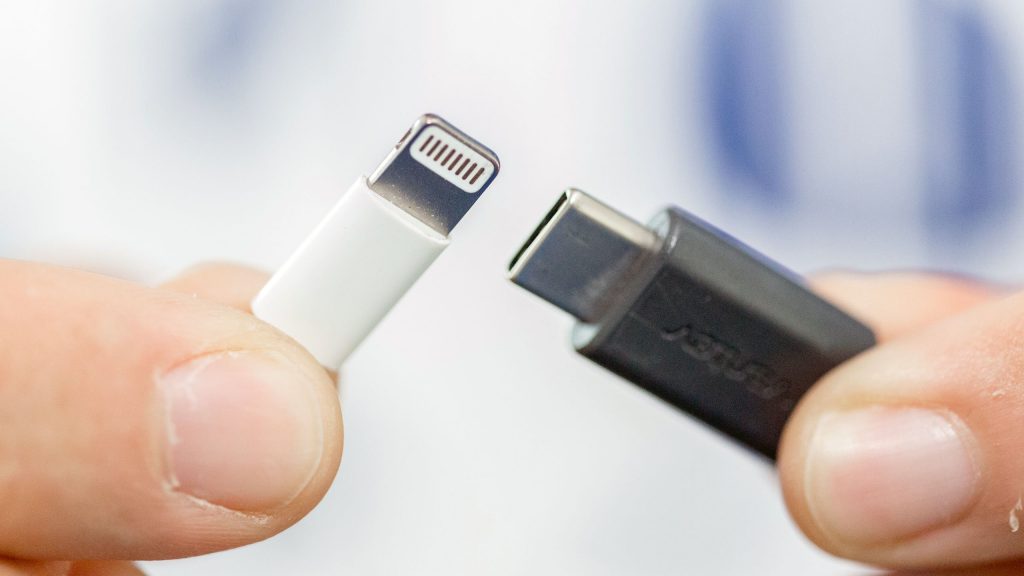
The Type-C port can transmit video signals and power streams at the same time. This means that we can connect it to most electronic devices. We can connect it to HDMI devices, Display ports, and Mobile High Definition Links.
Similarly, USB-C also incorporates the audio transmission capability and has replaced the customary 3.5mm jack to some extent. We also expect that the USB-C will entirely replace the obsolete 3.5mm jack in near future.
USB-C vs Lightning – Power Supply
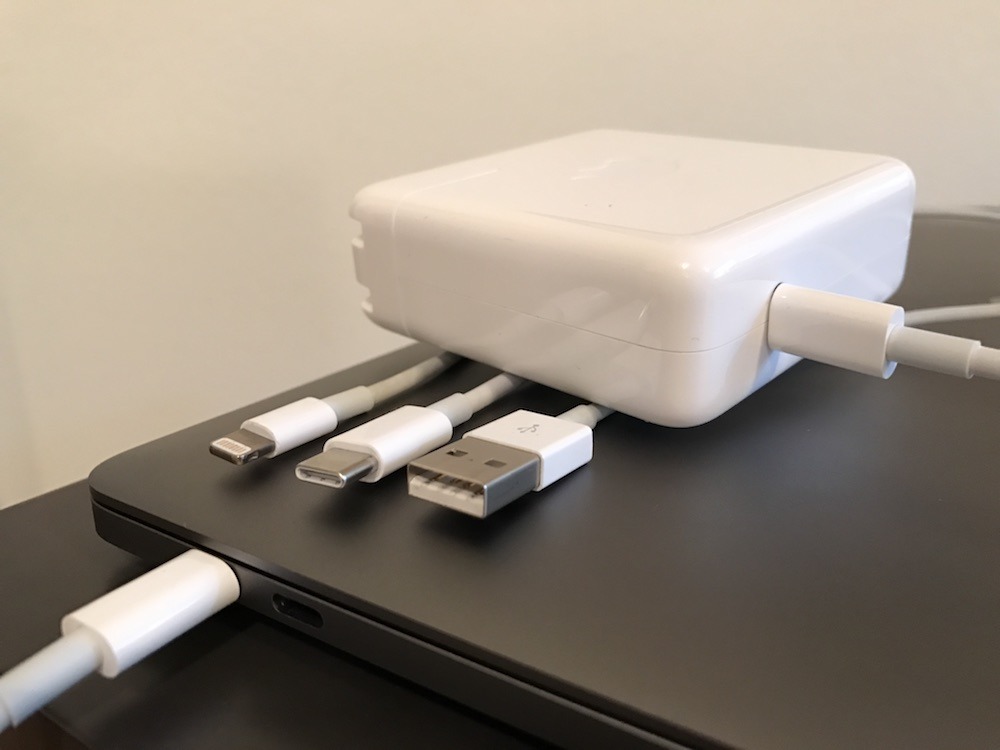
The futuristic approach of USB PD can supply power up to 100W output. This USB Power Deliver also uses the Type-C connector to elevate the power and operate heavy devices like iPads, tablets, mobile phones, and computers. At the present moment, the conventional USB 2.0 can supply power up to 2.5 Watts. This USB is suitable to charge your mobiles and tablets. However, if you need to charge your laptops then the USB Type-C is the best approach.
Besides, the multi-use of Type-C port makes it a step ahead of other USBs. You can use a single Type-C cable to charge your laptops, your mobiles, and connect it to an external display. With each passing day, USB-C is available on more and more devices. We are pretty sure that sooner or later, the USB-C will even replace the Lightning connector on Apple devices.
 Automobiles
Automobiles  Beauty & Health
Beauty & Health  Books & Magazines
Books & Magazines  Computers
Computers  Electronics
Electronics  Fashion
Fashion  Furnishing & Appliances
Furnishing & Appliances  Furniture & Decor
Furniture & Decor  Mobile & Tablets
Mobile & Tablets  Music Instruments
Music Instruments  Real Estate
Real Estate  Toys & Video Games
Toys & Video Games  Travel & Tours
Travel & Tours 